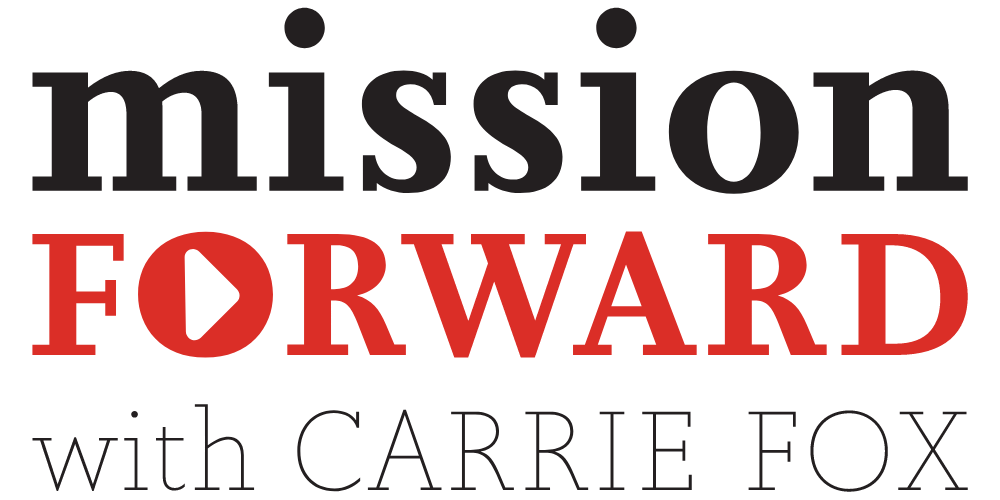Watch For The Signs • Finding the Words
About This Episode
In 2020, the video game world learned something special about Marvel’s newest Spider-Man character, Miles Morales. Turns out he’s pretty good at American Sign Language (ASL). Superfans already knew the character to be bilingual from the animated film “Spider-Man: Into the Spider-Verse.” But trilingual?
This is week 39 of the Finding The Words column, a series published every Wednesday that delivers a dose of communication insights direct to your inbox. If you like what you read, we hope you’ll subscribe to ensure you receive this each week.
-
In 2020, the video game world learned something special about Marvel’s newest Spider-Man character, Miles Morales. Turns out he’s pretty good at American Sign Language (ASL). Superfans already knew the character to be bilingual from the animated film “Spider-Man: Into the Spider-Verse.” But trilingual?
Yep, it’s true. With a little digging into the Library of Congress, I found that one essential ASL gesture has indeed always been part of Spider-Man’s powers. Many of us just hadn’t noticed.
For those who need a refresher, Spider-Man uses his index and pinkie fingers to activate the web shooters in his palm. (Quick aside: there is a whole meta-universe that would be far more exacting than I have been with this description, but this is as far as my Spidey-knowledge can take us.) Technicalities aside, that specific hand gesture just so happens to be the very same ASL sign for love.
Stan Lee, creator of the original webbed superhero, once said the reason he picked that finger pose for Spider-Man was because it’s the sign for love, and he wanted Spider-Man to apprehend criminals with love.
The sign was always there.
What started as one sign became a call to action for the Marvel enterprise of today to lean into a much more inclusive version of its young action hero, and an opportunity to represent the Black deaf community in mainstream media in a way that had never been done before.
Inclusion matters. But we haven’t always leaned into its importance, which reminds me of this great life lesson from Maya Angelou: “Do the best you can until you know better. Then, when you know better, you must do better.”
And that time to do better has come.
I recently came across a study in the Harvard Business Review that noted inclusive leadership as among the most essential traits for today’s C-Suite leaders. But, as you might imagine, it’s not just if you have the skill, it’s how you use it. What we know at Mission Partners is that communications can be one of the greatest levers for change, and one of the greatest tools to advance inclusion and belonging in the workplace. It’s just a matter of how you choose to prioritize it in your daily work and actions.
Marvel picked up on a sign and evolved a main character. Could you do the same? How might you pick up on the signs in your work to evolve your approach to inclusion? Perhaps you’ll try real-time closed captioning in your next Zoom Room. Perhaps you’ll improve the accessibility of your website. Or perhaps you’ll reimagine a campaign through the lens of accessibility.
Once we know better, we must do better, and like Spider-Man’s hand gesture, there are likely plenty of signs hiding in plain sight in your work, as well.
Bottom line: The signs are always there. It’s just whether or not you choose to act on them.
This is week 39 of the Finding The Words column, a series published every Wednesday that delivers a dose of communication insights direct to your inbox. If you like what you read, we hope you’ll subscribe to ensure you receive this each week.

